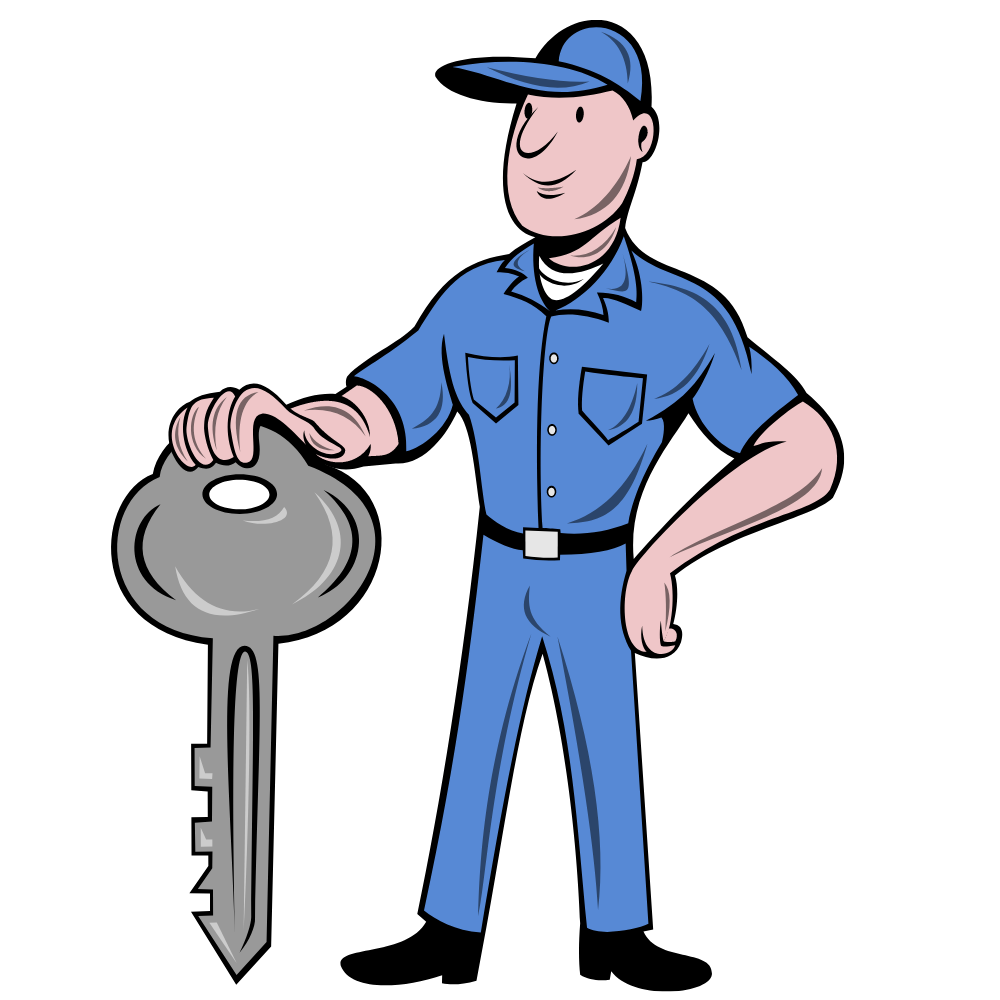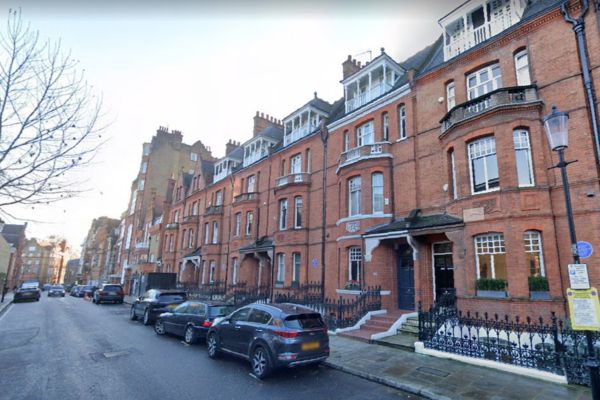Your home is more than just a place to rest your head; it’s your safe place where you and your loved ones should feel safe and protected. Home security is a topic that should never be taken lightly. While there are various aspects to consider when strengthening your home against potential threats, one of the basic elements of security is your choice of locks. These robust deadbolt locks provide an extra layer of protection, ensuring that your home remains a fortress of safety and peace of mind.
In this detailed guide, we’ll talk about deadbolt locks and why they’re crucial for home security. We’ll cover how they work, their benefits, and the various types available. Consequently, this will help you make informed decisions about protecting your home. By gaining the right knowledge and putting the necessary measures in place, you can significantly enhance the security of your home and enjoy greater peace of mind.
What Are Deadbolt Locks?
Robust deadbolt locks are single-cylinder locks that offer a high level of security and people commonly use them in residential and commercial settings. They earn the name ‘dead’ bolts because they do not contain springs, which makes them more resistant to forced entry compared to spring-loaded locks.
Deadbolt locks consist of several key components:
- Bolt: The bolt is a thick, solid metal bar that extends into the door frame’s strike plate when the lock is engaged. This part of the lock is the primary mechanism responsible for securing the door.
- Cylinder: The cylinder is the part of the lock where the key is inserted. It contains the tumbler pins, which align with the key’s unique grooves to allow the lock to turn and engage or disengage the bolt.
- Keyway: The keyway refers to the opening in the lock cylinder where you insert the key. It is designed to match the specific shape of the key for proper operation.
Deadbolt locks offer enhanced security for several reasons:
Resistance to Force: Deadbolts are less susceptible to forced entry techniques like lock bumping or picking due to their solid construction and lack of springs.
Extended Throw: Deadbolts have a longer bolt throw (the extent to which the bolt extends into the strike plate) compared to spring-loaded locks, providing greater resistance against attempts to kick the door open.
Single-Cylinder and Double-Cylinder: Deadbolts come in two types: single-cylinder and double-cylinder. Single-cylinder deadbolts have a key on one side and a thumbturn on the other, while double-cylinder deadbolts need a key for both sides. Double-cylinder deadbolts offer extra security but can be a safety concern in emergencies because you need a key to exit from the inside.
Deadbolt locks play a crucial role as an essential component of a comprehensive home security system. Due to their sturdy construction and notable resistance to forced entry, they stand out as a reliable choice for securing exterior doors, ultimately providing peace of mind for homeowners.
Mechanics and Types of Deadbolt Locks
Deadbolt locks come in various types, each with its unique mechanics and features. To make an informed decision, understanding the different types can help you choose the right deadbolt lock for your home security needs. To illustrate, here are some common types of deadbolt locks:
1. Single-Cylinder Deadbolt:
Mechanics: Single-cylinder deadbolts are designed with a key cylinder on the outside and a thumbturn on the inside of the door. In practical terms, you use a key to lock and unlock the door from the outside, whereas on the inside, you can simply turn the thumb turn to lock or unlock it.
Ideal Use: Single-cylinder deadbolts are suitable for most residential doors, as they provide security while allowing quick and easy exit from the inside.
2. Double-Cylinder Deadbolt:
Mechanics: Double-cylinder deadbolts have key cylinders on both the outside and inside of the door. You need a key to lock or unlock the door from both sides.
Ideal Use: Double-cylinder deadbolts enhance security but people typically use them in specific situations, such as doors with glass panels near the deadbolt. They prevent an intruder from reaching inside to unlock the door.
3. Keyless Deadbolt:
Mechanics: Keyless deadbolts, on the other hand, employ electronic keypads, touchscreen panels, or smartphone apps for entry. Unlike traditional locks, they do not need a physical key and people often program them with a PIN code or smartphone authorization.
Ideal Use: Keyless deadbolts are convenient and provide features like remote access control and temporary access codes. They are ideal for homeowners who want modern, smart lock technology.
4. Jimmy-Proof Deadbolt (Vertical Deadbolt):
Mechanics: Jimmy-proof deadbolts have a unique vertical bolt that interlocks with a strike plate mounted on the door frame. They are On-surface. and offer added security.
Ideal Use: People often use these deadbolts on double doors or doors with glass near the lock area. They provide resistance against brute force attacks.
5. Exit-Only Deadbolt:
Mechanics: Exit-only deadbolts do not have an Outside. key cylinder. They are used for securing doors that should only be locked from the inside.
Ideal Use: People commonly use these deadbolts on doors with no exterior access or doors that should remain locked from the inside, such as storage rooms.
Selecting the right type of deadbolt lock depends on factors like your security requirements, door type, and personal choices. Regardless of the type, a properly installed deadbolt lock is a crucial element of home security, providing a strong barrier against unauthorized entry.
Choosing the Right Deadbolt for Your Home
Selecting the right deadbolt lock for your home involves considering several factors to ensure it meets your security needs. Here are key Factors when choosing a deadbolt:
Security Level:
Think about what security you need. Look at things like how safe your neighborhood is and how easily someone could break into your home. For optimal security, select high-security deadbolts that come with robust strike plates and Drill protection.
Lock Grade:
Deadbolt locks are graded based on their Strength and security level. Look for deadbolts graded by the American National Standards Institute (ANSI). Grade 1 deadbolts offer the highest level of security, while Grade 2 is suitable for housing use.
Door Material:
The type of door you have matters. Wooden doors are sturdy and can accommodate most deadbolt types. Metal doors may require specific deadbolt models, so consult with a locksmith or door manufacturer.
Size and Length:
Ensure the deadbolt’s bolt is long enough to extend deep into the door frame. A longer bolt provides more security against forced entry.
Key Control:
Consider whether you want to rekey the lock yourself or have a locksmith do it for you. Some deadbolts offer easy rekeying options, while others require professional assistance.
Double-Cylinder vs. Single-Cylinder:
Decide between a single-cylinder or double-cylinder deadbolt. Double-cylinder locks offer more security, but they may raise safety concerns in emergencies because you need a key to exit from the inside.
Brand and Reputation:
Choose a Trusted lock maker known for producing high-quality deadbolt locks. Research customer reviews and ratings for Understanding.
Installation:
Proper installation is Necessary for Deadbolt security.. If you’re unsure about installation, consider hiring a professional locksmith.
Price:
Set a budget for your deadbolt lock. While high-security deadbolts may cost more upfront, they provide long-term security benefits.
Additional Features:
Some deadbolts come with extra attributes, such as smart technology, which lets you control and monitor them remotely. To begin with, it’s important to decide if these features match your security requirements. Furthermore, keep in mind that a deadbolt lock is just one part of your home security setup. In addition, you should combine it with other security measures, like security cameras, good lighting, and strong doors, for complete protection. Not only does this bolster your security, but it also acts as a deterrent to potential intruders. By carefully choosing and installing the right deadbolt lock, you can greatly improve your home’s security and keep your loved ones and belongings safe. In essence, a well-rounded security approach is essential for a peace of mind, and a deadbolt lock is a crucial piece of the puzzle.
Installation and Maintenance Tips
Proper installation and regular maintenance are essential for ensuring the effectiveness of your deadbolt lock. Here are some tips to consider:
Installation:
- Professional Installation: Although some homeowners might try DIY installation, it’s usually better to have a professional locksmith install your deadbolt. They can make sure it’s properly aligned and Safely set..
- Placement: Place the deadbolt high on the door, with the bolt extending deep into the door frame. This provides more security against forced entry.
- Reinforced Strike Plate: Use a reinforced strike plate with long screws to secure the deadbolt into the door frame. This helps prevent the door from being kicked in.
- Proper Alignment: Ensure you correctly align the deadbolt and strike plate, allowing the bolt to slide smoothly into the strike plate hole without friction.
- Test Operation: After installation, test the deadbolt’s operation to ensure it locks and unlocks smoothly from both the inside and outside.
Maintenance:
- Lubrication: Once a year, use a Graphite-made. or Silicone-based lube. on the deadbolt lock. This will keep it working smoothly and make it last longer.
- Regular Inspection: Periodically inspect the deadbolt for signs of wear, rust, or damage. If you notice any issues, address them promptly to maintain the lock’s security.
- Key Duplication Control: Be dangers about who has access to your keys. Limit key duplication to trusted individuals and consider using high-security keys that are difficult to duplicate without authorization.
- Security Checks: Conduct regular security tests of your home to identify any vulnerabilities. Ensure all locks, including deadbolts, are in good working condition.
Conclusion:
Getting deadbolt locks and looking after them well is an important way to keep your home safe and safeguard your family and belongings. Plus, deadbolts offer extra protection against unauthorized entry, so they’re a crucial part of any home security plan.
By following the right installation instructions, doing regular maintenance, and thinking about extra security steps, you can make your home more secure and feel safer. Remember that keeping your home safe is an ongoing effort, and staying Preventive about taking care of your deadbolt locks plays a big role in your overall safety.










